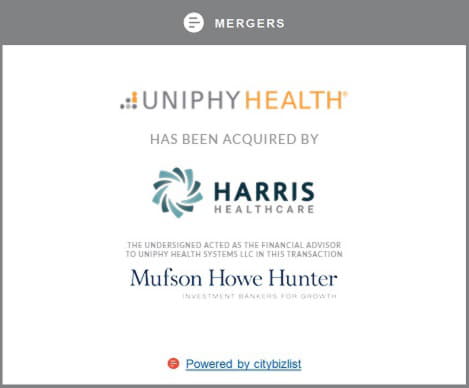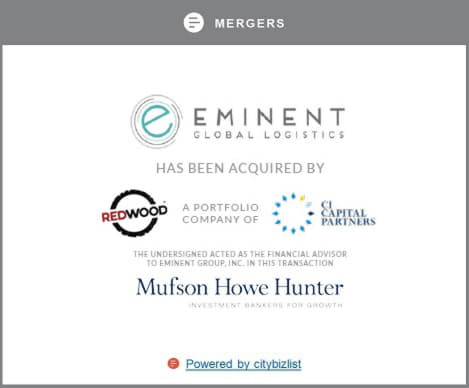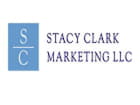Celgene (NASDAQ:CELG) gets no respect. The company has 3 blockbuster drugs (including what could be the best-selling cancer drug of 2017), the best growth rate in large-cap biotech, and a PEG ratio below 1. And yet, Celgene has so far failed to outperform the S&P over the last year.
While this has been something of a disappointment for shareholders (I am not alone in my bullishness on this company), Celgene may finally be about to receive the credit it deserves with the release of its newest drug, ozanimod. Here's what you need to know.

IMAGE SOURCE: GETTY IMAGES.
Ozani-who?
In July of 2015, Celgene announced a $7.2 billion acquisition of a company called Receptos -- mainly in order to acquire the company's leading developmental candidate, ozanimod. Ozanimod belongs to a new class of drugs called "S1P" agonists, and while the science is a little heavy, you can think of S1P as a gatekeeper whose function is to keep white blood cells in the lymph nodes. Ozanimod, by increasing the amount of S1P in the body, has the net effect of keeping more white blood cells trapped the lymph nodes and away from the rest of the body.
This function is useful in autoimmune diseases -- diseases in which the body's immune system mistakenly identifies itself as a foreign invader and attacks. Ozanimod is being studied as a potential treatment for a host of autoimmune indications including relapsing multiple sclerosis (RMS), ulcerative colitis (UC), and Crohn's disease.
Lookin' good so far
Back in February of this year, Celgene released positive topline data from a phase 3 study of ozanimod as compared with Biogen's Avonex as treatment for RMS. Then last month, Celgene released positive results from the second phase 3 trial of ozanimod, once again as compared to Biogen's Avonex.
In both studies, ozanimod demonstrated statistically significant reductions in brain atrophy as compared to Avonex. Potentially more important, however, ozanimod did this with an exceptional safety profilesimilar to placebo. While other S1P drugs, such as Novartis' Gilenya do exist, Gilenya carries with it package warnings on potential infections, heart problems, and liver damage. Ozanimod therefore has the potential to combine similar efficacy in treating RMS with a best-in-class safety profile.
Why ozanimod could be a game-changer
The autoimmune market -- particularly the multiple sclerosis market -- is huge. Second only to rheumatoid arthritis multiple sclerosis is the most valuable specialty indication to treat, worth $17.2 billion in 2014. While Biogen has historically held the lion's share of this market (MS drugs accounted for $8.8 billion of revenue for Biogen in 2016, newer players such as Sanofi's Aubagio and Novartis' Gilenya have been steadily chipping away at Biogen's MS empire.
While estimates vary, analysts have projected peak sales of ozanimod at between $1 billion and $2 billion, making ozanimod potentially Celgene's fourth blockbuster. Should ozanimod show similar efficacy as treatment for Crohn's disease, this could potentially double the market opportunity. For reference, Gilenya was responsible for $3.1 billion in revenues for Novartis, is not approved as a treatment for Crohn's disease, and is still growing at a 14% annual run rate.
What's next for ozanimod?
Following the completion of ozanimod's two phase 3 RMS trials in 2017, Celgene expects to combine the data in order to submit an NDA (new drug application) to the FDA by the end of this year. Should the FDA give ozanimod the green light, this drug could come make it to market as soon as next year.
In the meantime, Celgene will continue to progress ozanimod into clinical trials for UC and Crohn's disease. With regards to Crohn's, Celgene has announced the completion of ozanimod's phase 2 Crohn's disease study, labeled STEPSTONE. While Celgene has not yet released the full details of this study (expected sometime in the second half of 2017), the company has announced positive data with the expectation to move into phase 3 trials by year end.
Is Celgene a buy?
As the bears have constantly pointed to Celgene's reliance on Revlimid for sales, it is nice to see the company diversifying its revenue base -- and ozanimod is just the tip of the iceberg. In addition to this product, the company has an additional 18 phase 3 programs set to read out over the next two years.
In their most recent earnings call, management reiterated their guidance for revenues of $21 billion and EPS of $13 by 2020. Currently trading for around $120 per share, that would make this company a steal at today's prices. I, for one, find this company a hard one to bet against. I'd call Celgene a buy today.
10 stocks we like better than Celgene
When investing geniuses David and Tom Gardner have a stock tip, it can pay to listen. After all, the newsletter they have run for over a decade, Motley Fool Stock Advisor, has tripled the market.*
David and Tom just revealed what they believe are the ten best stocks for investors to buy right now... and Celgene wasn't one of them! That's right -- they think these 10 stocks are even better buys.










